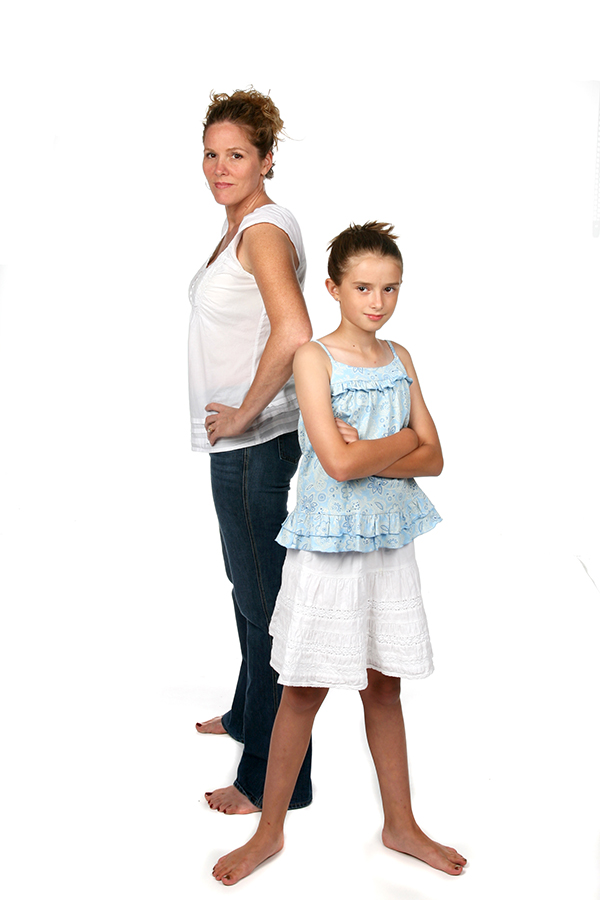The Photo Perspectives Middle School Initiative collaborates with Maine Middle Schools to provide equipment, curriculum, online learning, and financial support so that extracurricular photography clubs can be offered at little or no cost to the school. Clubs are led by a school faculty member with whom the students are already familiar.
Table of Contents

Identification of Need
The results of a landmark 2016 survey entitled “Maine Arts Education Census 2016: Improving Maine’s Student Success Report,” painted a disheartening picture for Maine Principals wanting to provide quality arts education to our youth. With 95% of Maine Schools, representing 97% of Maine’s student population, responding, school principals and other stakeholders provided a robust data set regarding their needs and the barriers they face in offering and expanding arts education. Major findings included:
- 97% of Maine Residents rate arts education as a high or very high priority
- 52% of Maine Principals reported no arts-related field trips for students
- 46% of Maine Principals acknowledged having no arts in co-curricular activities (e.g., concerts or community events).
- 38% of Maine Principals report no funding available for arts education
Top Challenges to Improving Arts Education Cited by Principals
- Budget constraints (49%)
- Lack of time in the school day (44%)
- Competing priorities (40%)
Principals’ Top Suggestions to Improve Learning in the Arts
- Increased funding for organizations that support school arts education programs (34%);
- Art supplies and/or equipment (29%); and,
- Professional development opportunities in the arts (28%)
The Maine Arts Commission set a goal that, by 2025, 60% of Maine Schools will have established relationships with community arts and cultural organizations as part of a larger package of recommendations for enhancing arts education in Maine.
Research-Based Program Design
A 2013 study commissioned by the Wallace Foundation analyzed outside the classroom (OTC)arts programs offered in the United States to determine core features common to the most successful of such programs. The final report, entitled Something to Say: Success Principles for Afterschool Arts Programs From Urban Youth and Other Experts, documented results of the consumer research conducted with tweens and parents and identified 10 core factors common to highly successful arts programs. The key findings of this “meta-analytic like” approach served as the primary design model for Photo Perspectives’ Middle School Initiative.
Tween and Parental Barriers to OTC Arts Program Participation
- “The Arts” – Tweens reportedly associate reference to “the arts” in any programming to “arts and crafts.” In this time of physical, emotional, and cognitive transformation, tweens interests often lie in moving away from things seen as child-like and towards things seeming more adult-like.
- High degrees of structure seem too school-like. Tweens reported that activities beyond school should be just that – beyond school in structure. Outside the classroom activities seen as too structured felt like a continuation of the school day and an unwanted intrusion of “work-life” into tweens’ private time.
- Low expectations of personal benefit and enjoyment. Again, tweens associate programming in the arts with “arts and crafts” – an experience for some that meant tedious or boring simplistic projects with little or no room for personal expression.
- Low social cost of non-engagement. Many tweens note lack of engagement in the arts amongst their peer group as the norm. Conformity, therefore, manifests itself through non-participation.
- Parents do not associate arts with higher order goals. Parents often do not view participation in the arts as advancing life skills or career goals.
- Tweens possess a low threshold for disengagement. Tweens hold ever increasing power in making their own choices of activities and managing their own personal time. With social media connectedness to their peers, a less than interesting activity can be replaced with something else that is more fun and socially rewarding.

What Tweens Want in an Outside the Classroom Arts Program
Professional and Expert Instructors
Tweens wanted practicing artists with real world experience. Instructor skill in the art increased student perception of the adult’s credibility and ability to inspire.
Experiential Learning in Inspiring Spaces
Students wanted immediately immersive, hands-on learning experiences within an environment providing the space and structure to practice the art and interact with their peers.
Prospect of New Friends Focused on Similar Interests
The possibility of meeting new friends increased motivation and continued participation. Young artists reported often not having friends who enjoyed the same art forms they did and welcomed the opportunity to meet new people with similar interests – even if from other schools.
Culminating and Competitive Events
Exhibitions with real audiences excited artists of all ages. Additionally, the tweens interviewed reported enjoying competitions similar to sporting events or reality based TV shows where someone is voted off the show.
Program Extras and Proven Incentives
Snacks, certificates/awards, and markers of participation such as t-shirts provide a sense of togetherness and belonging to the youth involved in the activity.
10 Common Principles of Highly Successful OTC Arts Program










